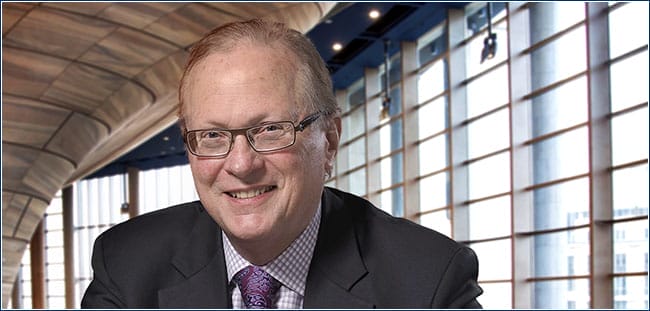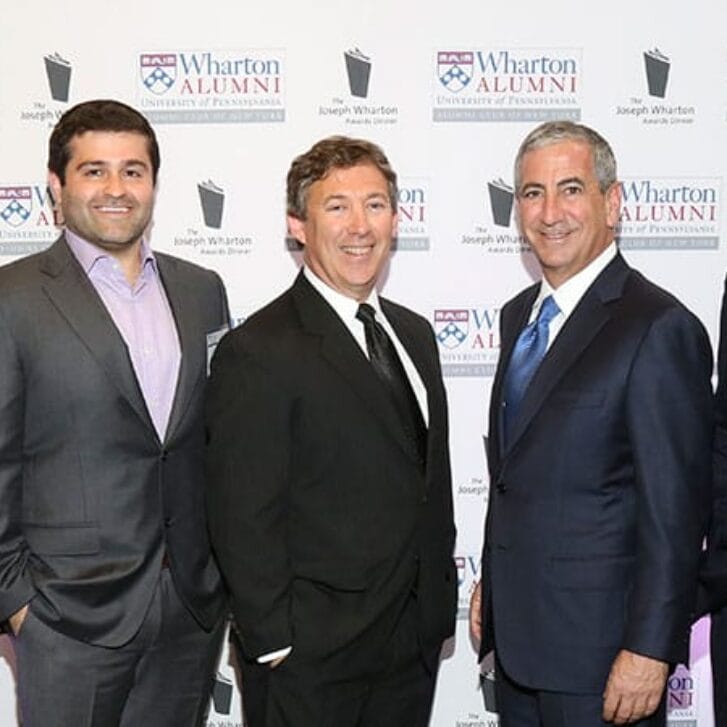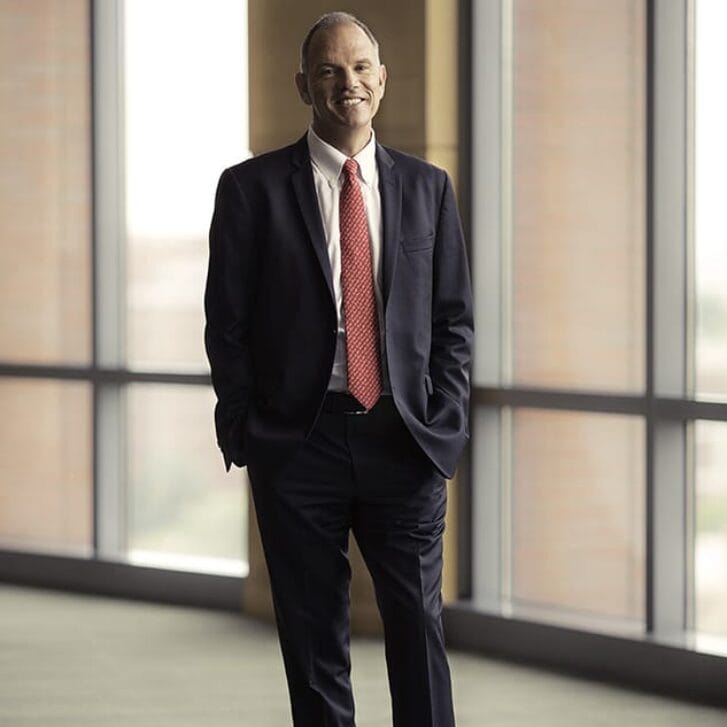One of the more curious discrepancies between the health reforms in the U.S. and China is the different approach each system takes to physician employment.
“It’s like two ships passing in opposite directions in the night,” said Wharton School professor of health care management Lawton Burns, who co-edited a new Cambridge University Press book about China’s health care system.
While U.S. health reform is influencing a growing number of private practice physicians to become “hospitalists” or hospital employees, China’s health reform is doing exactly the opposite. Virtually all of that country’s physicians are hospital employees who are now being encouraged to set up private practices outside those institutions.
1.3 billion patients
Burns, PhD, MBA, teaches health care management at Wharton, where he also serves as Director of the Center for Health Management & Economics and Co-Director of the Vagelos Life Sciences and Management (LSM) Program. His new book, China’s Healthcare System and Reform, is a sweeping tome co-edited with Gordon Liu, a Professor of Economics at Peking University National School of Development and Director of the China Center for Health Economics Research.
The 450-page work opens by noting that “China’s healthcare system is undergoing a major reform, one of the most complex and far-reaching efforts ever undertaken by any public health system in the world.” The volume provides in-depth descriptions and analyses of the various parts of that system serving 1.3 billion people.
The book is designed to be a highly detailed primer for American businesses that need to better understand the opportunities and challenges of the Chinese health care market. It is also written to serve as a course text for graduate school students examining comparative health systems.
Throughout, the book chronicles how China’s system compares with the U.S.
“Huge complicated mess”
“China,” said Burns, “has a fragmented, fee-for-service, volume-driven system just like we do. They also have a very decentralized system that stretches across an enormous geography and a sprawling bureaucracy that includes central, provincial and local governments, as well as a host of ministries with some oversight of health care issues. It’s a huge, complicated mess—something like ours.”
“I know this surprises a lot of people,” he continued, “but the similarities between the two countries’ systems are greater than the differences. We have Obamacare. In 2009 they launched major health reform. They have expanded health insurance to the vast majority of the population. But they face the same issues that we do regarding how to control rising utilization and costs of care stemming from insurance expansions. ‘How do we pay for all of this?’, ‘What are the right ways to pay doctors and hospitals?’, ‘How do we deal with the massive problems of an aging population and chronic illness?’. The Chinese are weighing the exact same issues we are.”
Burns has recently become more of an authority on international health care systems by virtue of this book and his prior volumes on India’s Healthcare Industry: Innovation in Delivery, Financing and Manufacturing, The Business of Healthcare Innovation and The Health Care Value Chain: Producers, Purchasers ,and Providers.
Global modular courses
In 2010, Burns taught the first of the Wharton School’s overseas global modular courses (GMCs) in health care management in India. In 2012, he co-taught another Wharton GMC in China with Gordon Liu; that project led to their collaboration on this new book. He is the author or co-author of nine of the book’s chapters with the other seven chapters written by academics who are experts in the China field.
Burns points out that some of China’s differences from the U.S. are that it has a unique tobacco problem, no safety net hospitals, a fledgling and relatively shallow insurance system, no social security program and extraordinary environmental pollution.
Burns said some of these health challenges are much larger than ours. For example, fifty-two percent of the adult male Chinese population smokes. At the same time, tobacco is the seventh-largest state-owned industry and a major government revenue source. In another area, China has a massive aging population whose future is complicated by decades of a “one child” policy that has resulted in a single young couple being financially responsible for two sets of aging parents and often additionally responsible for four aging grandparents. This phenomenon is variously labeled the “4-2-1 problem” or the “dependency ratio.” And in a third area, China has health-related industrial pollution issues that dwarf those of almost every other country in the world.
Pharmaceuticals, biotech and medical devices
Three of the book’s chapters detail China’s pharmaceutical, biotech and medical device industries. “In the pharmaceutical sector, we saw a lot of U.S. and Western pharmaceutical companies setting up research centers in China,” said Burns. “Basically, they are doing R&D and working to gain access to the Chinese population to see how their drugs work in a new type of demographic segment.”
“On the medical device side,” he continued, “we saw more U.S. companies, like Medtronic, selling their products to the high end market while Chinese companies sell cheaper generic product lines locally. Both groups are increasingly competing to move into the middle market.”
And what can the U.S. learn from China about health care reform?
“To be honest, probably not a whole lot at the moment,” said Burns. “The focus there is what they can learn from us and they are trying to do that at a rapid pace. They’re borrowing our alternative payment methods like DRGs, episodes of treatment and bundled care. They’re experimenting in different cities with these various concepts and are doing a lot of demonstrations and pilot testing.”
Still something to learn
“But it’s not clear to me,” said Burns, “that China’s use of these alternative payment methods is likely to deliver for them in terms of reducing costs. This may be true for two reasons. First, it is not clear that these methods are working to reduce costs in the U.S. Second, in many ways in China, hospitals and doctors are working together to increase health care costs, so it appears that they—like we—still have something to learn.”


























